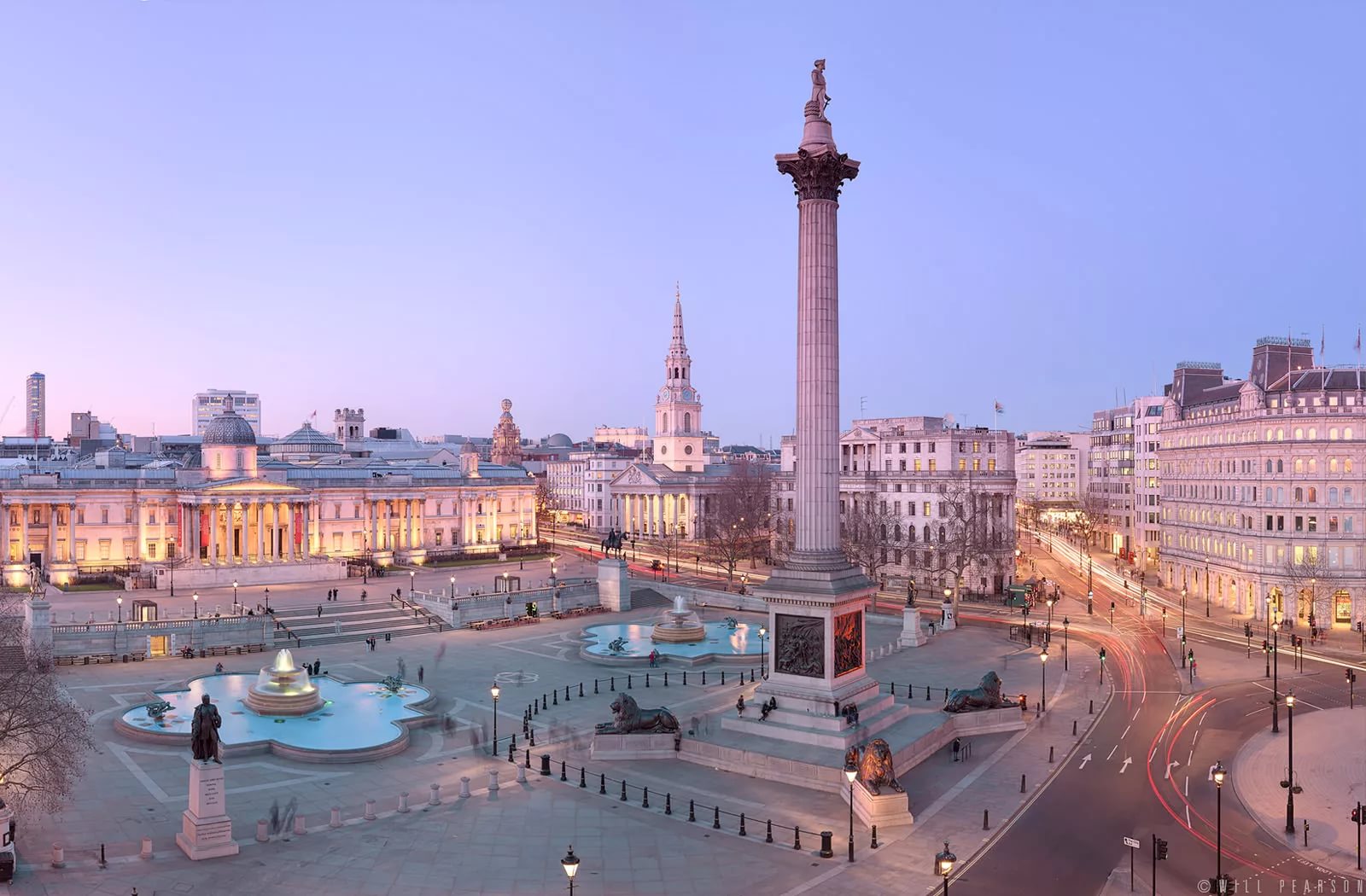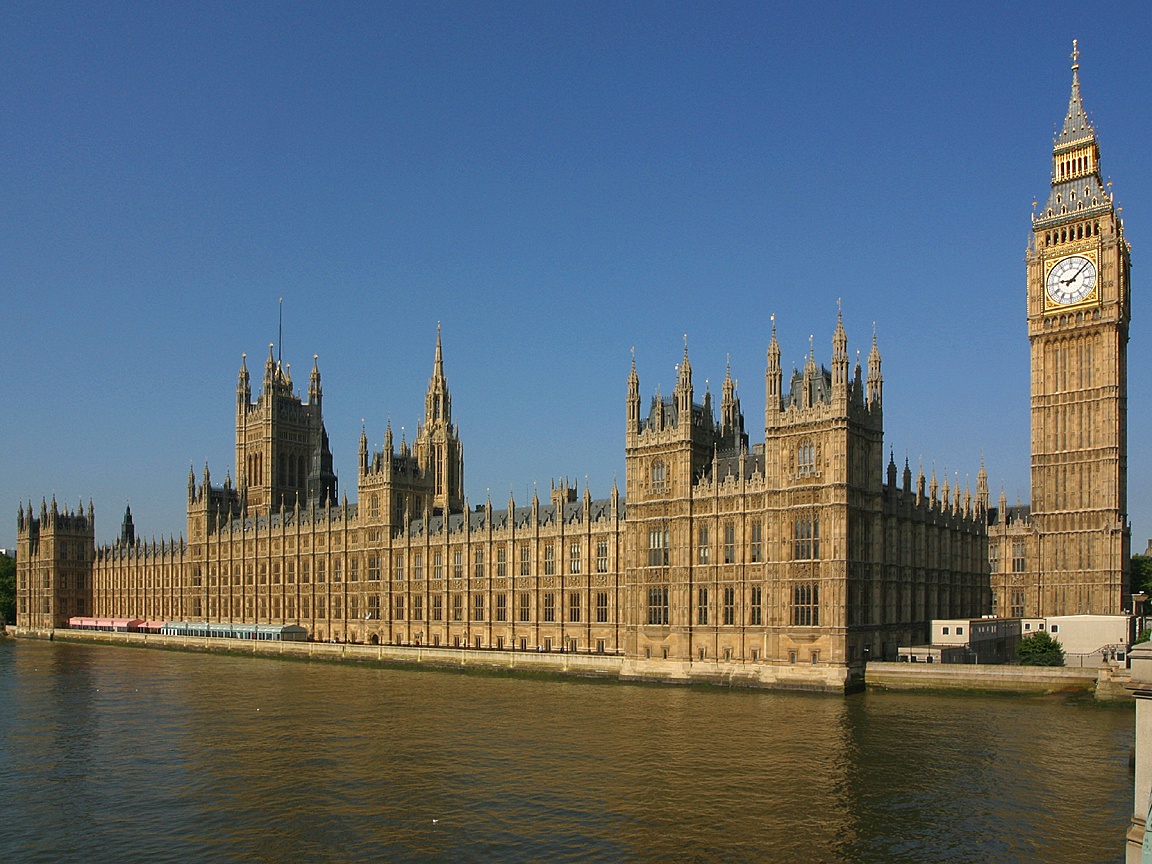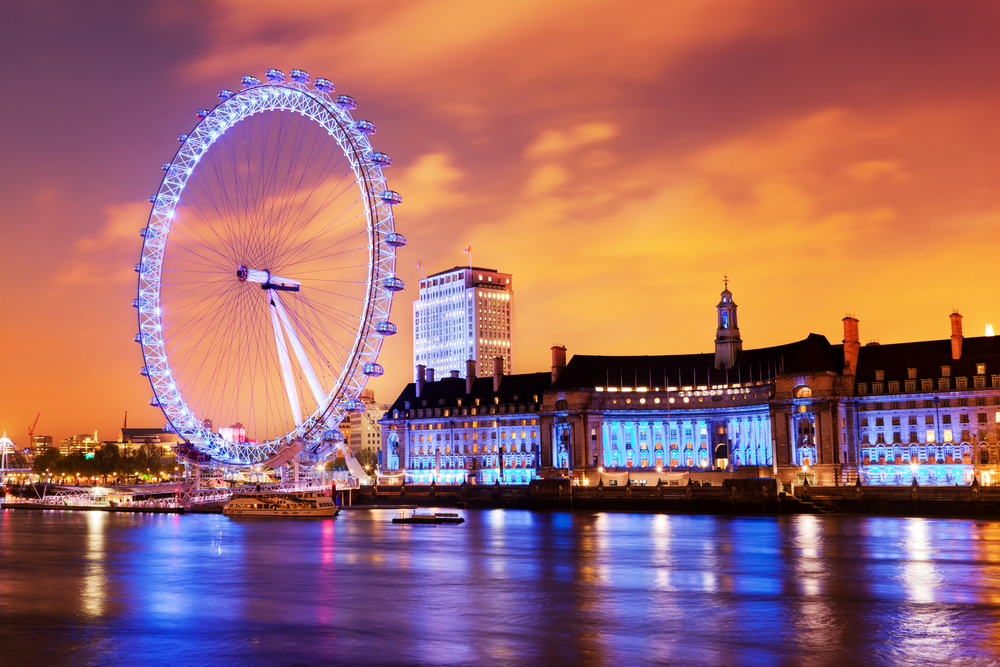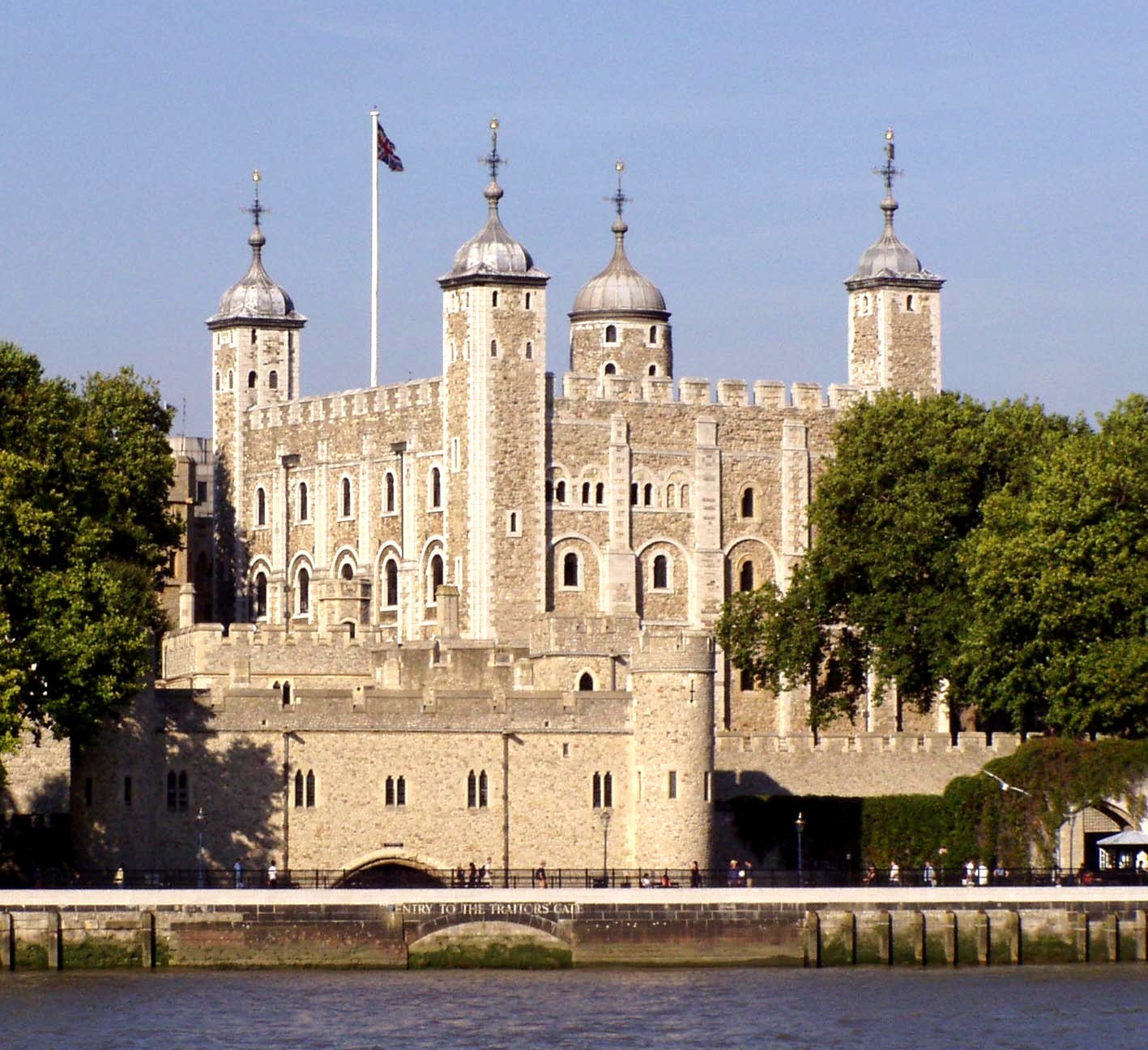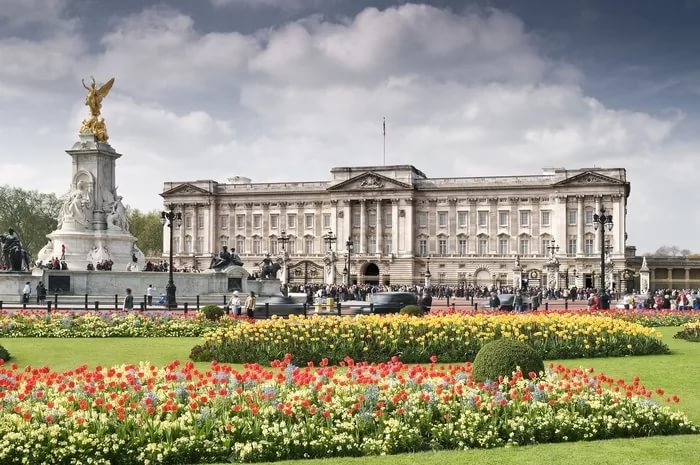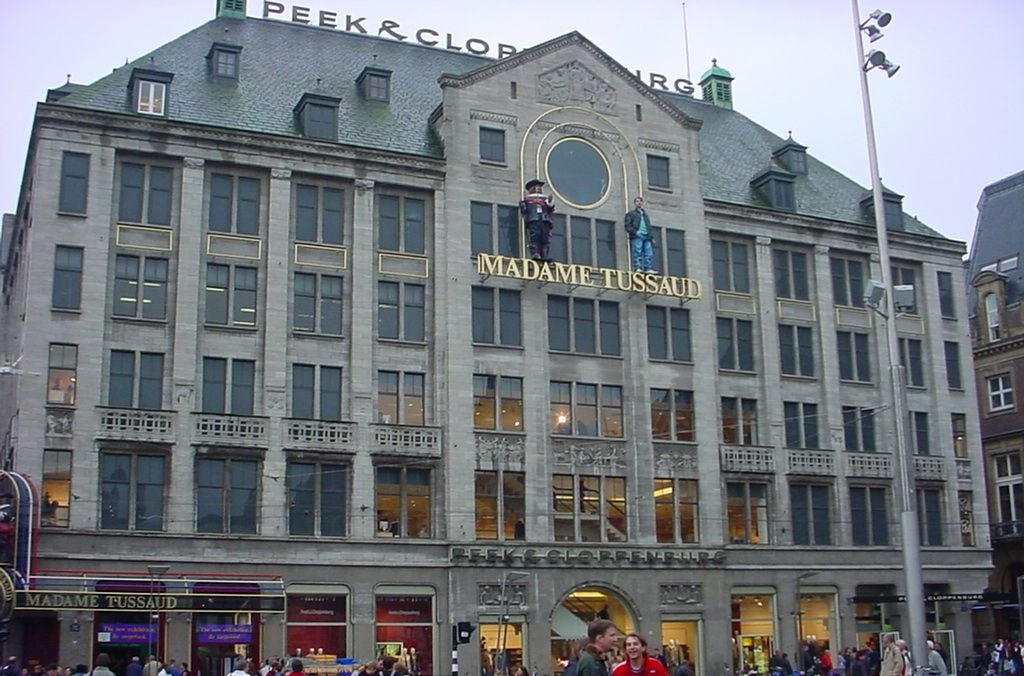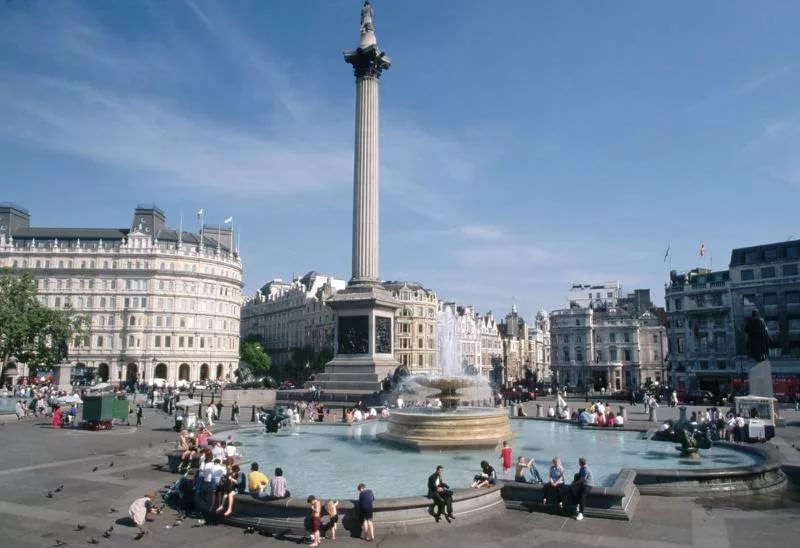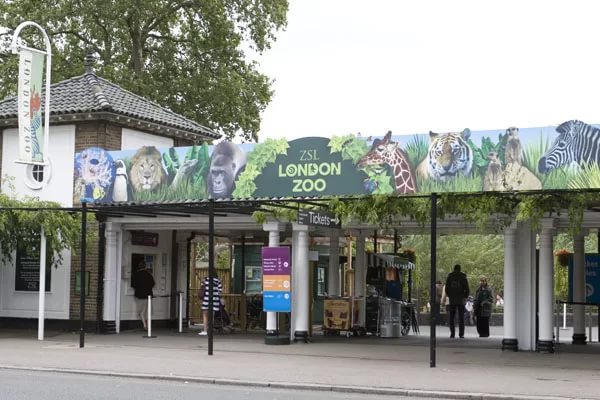| Главная » Файлы » Учебно-методические разработки уроков |
| 23.07.2017, 21:25 | ||||||||||||||||||||||||||||||||||
Тип урока: комбинированный, урок-закрепление по пройденной теме. Задачи урока: Образовательные:
Развивающие:
Воспитательные:
Оснащение урока: карточки, магнитофон, компьютер. Ход урока.I. Приветствие учителя.Беседа о датах и днях недели. Teacher: - How do you do, kids? How do you do. - I hope you are well, kids? We hope you are too. Teacher: - Good morning, boys and girls. Sit down, please. Let’s begin our lesson. Teacher: - What date is it today? Pupil1: - Today is… - What's the day today? Pupil2: - Today is… - Who is absent today? Pupil3: - … II. Фонетическая зарядка. Teacher: - Children, what do you like to do if you have free time? Pupil1: I like to read if I have free time. Pupil2: I like to… if I have free time. Teacher: - Do you like to travel? Pupil3: Yes? we do. Teacher: - Children, today we are going to visit London. I have a leaflet. There you can find the names of the most famous London sights. Pronounce them in chorus after me. 1. Trafalgar Square
2. Тhe Houses of Parlament
3. The London Eye
4. The Tower of London
5. Buckingham Palace
6. Madame Tussaud’s
7. Nelsoon colum
8. London Zoo
Teacher: - Now look at the screen.
III. Практика учащихся в диалогической речи. Teacher: - Now you see there are a lot of places of interest in London. But where shall we start our tour? Let’s listen to the conversation between the guide and the leader of our group. Pupil1: - Good morning. Pupil2: - Good morning! Can I help you? Pupil1: I am the leader of the group of Russian tourists. We are in London for the first time. We want to see famous London sights. What could you suggest? Pupil2: - I can suggest a double-decker bus tour about London. Pupil1: - Thanks a lot. IV. Практика учащихся в аудировании текста. Teacher: - Now listen to the text and answer the questions. Text №1: Teacher: - Where did we start our tour? Pupil1: - We started it in Trafalgar Square. Teacher: - What is there in the centre of the square? Pupil2: - In the centre of the square there is a big column. Teacher: - What is there at the top the column? Pupil3: - At the top of the column there is a statue of Admiral Nelson. Text №2: Teacher: - Where did you go from Trafalgar Square? Pupil1: - We went down the street and visited the Houses of Parliament. Teacher: - What is there in the Houses of Parliament? Pupil2: The British Government. Text №3: Teacher: - What is there near the Houses of Parliament? Pupil1: - The Houses of Parliament are very near Buckingham Palace. Teacher: - Who lives there? Pupil2: - It’s the London home of the Queen. Teacher: - Why couldn’t we go in? Pupil3: - We couldn’t go in because the palace isn’t open to the public. Text №4: Teacher: - Where did you go after visiting Buckingham Palace? Pupil1: - We went to Madame Tussaud’s. Teacher: - What is this museum famous for? Pupil2: - It’s a famous museum of wax figures. Teacher: - What wax figures are there in the museum? Pupil3: - There are wax figures of all the famous people in the world. Text №5: Teacher: - Where did you go in the evening of the first day? Pupil1: - In the evening of the first day we went to the London Eye? Teacher: - Where is it? Pupil2: - It’s on the Thames. Teacher: - What is the London Eye? Pupil3: - It’s the largest observation wheel in the world. Text №6: Teacher: What was the Tower of London? Pupil1: - It was a fortress, a castle, a prison and a zoo. Teacher: - What is it now? Pupil2: - Now it’s the oldest museum in London. V. Контроль степени узнаваемости достопримечательностей Лондона учащимися. Teacher: - Match the names of the places and the pictures. (На экране показываются достопримечательности Лондона, учащиеся называют их). IV. Практика учащихся в устной речи. Teacher: - Now let’s work in groups. I’ll give you a card with an assignment. You should make up sentences. Card №1. 1. This is… … old manuscripts there. 2. The British Museum has…… the British Museum. 3. You can see… ... the largest library in the world. 4. Many famous men… … have read and studied there. Card №2. 1. This is… … in the central part of London. 2. It is a square… … Piccadilly Circus. 3. Piccadilly Circus is… … are on Piccadilly Circus. 4. London’s famous … the meeting-point of six restaurants and theatres… streets. Card №3. 1. This is… … was founded in the 11th century. 2. It is… … the tombs of many British kings and queens there. 3. The Abbey… … Westminster Abbey. 4. You can see… … a royal church. Card №4. 1. This is… … houses and shops on it. 2. It is… … was wooden. 3. The first bridge… … London Bridge. 4. There were… … two thousands years old. Card №5. 1. This is… … Speakers’ Corner. 2. The park has… … a very democratic park. 3. It is… … Hyde Park. VII. Практика учащихся в монологической речи. Teacher: - Now speak about your favourite sights of London. (На экране демонстрируются слайды, учащиеся рассказывают о любимой достопримечательности). Quiz. Teacher: - Now let’s have a quiz Complete the sentences. 1. You can see the column with a statue of Nelson on… a). Piccadilly Circus; b). Hyde Park; c). Trafalgar Square. 2. London Zoo is in… a). Regent’s; b). St. James’s Park; c). Hyde Park. 3. The London home of the Queen is… a). Buckingham Palace; b). Westminster Abbey; c). Covent Garden. 4. The seat of the British government is… a). Buckingham Palace; b). The Houses of Parliament; c). Piccadilly Circus. Teacher: - Answer the question: Where will you go if you want to do these things? Model: If I want to see ravens, I’ll go to the Tower of London. If I want to… , I’ll go to… 1). see ravens; 2). see wax figures; 3). see the home of the Queen; 4). see London best of all; 5). see Nelson’s column. VIII. Подведение итогов. Презентация к уроку на тему "Достопримечательности Лондона"Самоанализ урока. Тема урока соответствует разделу изучаемого курса для 5 класса согласно календарно-тематическому плану. Цели урока поставлены в комплексе, а именно: воспитательные, развивающие, практические. Каждая из поставленных целей осуществлялась на различных этапах урока. Задачи урока отражают учебно-коммуникативную деятельность в русле основных видов устной речи, чтения, аудирования, диалогической и монологической речи. Данный урок связан с предыдущими уроками в плане обобщения и систематизации знаний по теме путем контроля лексики, чтения, говорения, аудирования. В начале урока проходило выполнение заданий, связанных с отработкой лексики по теме. Фонетические упражнения позволяли убедиться, что ученики стараются фонетически правильно произносить слова, употреблять их в устной речи с целью поддержания беседы, обмена мнениями, диалога, а также умение выделить главное из услышанного и прочитанного. В течение всего урока происходит смена видов речевой деятельности. Так, на уроке было проведено Аудирование текста. Для формирования навыков аудирования можно использовать задание типа «Прослушай и скажи, что…», «Прослушай и заполни», я использовала задание «Прослушай и найди ответ на вопрос». На уроке были использованы упражнения для формирования навыков устной монологической речи. Я использовала такую разновидность монолога, как монолог-сообщение. Применение различных форм работы на уроке способствуют развить интерес к предмету, а также дает возможность проявить себя творчески. Дети отвечали на вопросы, работая в группах, составляли предложения, соотносили названия достопримечательностей с их изображением на экране. Такие виды работы воспитывают культуру общения у учащихся. Считаю, что цели урока достигнуты, т.к. дети справились с решением задач, которые были поставлены перед ними. Каждый работал, исходя из своих способностей. Дети были активны и работоспособны. | ||||||||||||||||||||||||||||||||||
| Просмотров: 1592 | Загрузок: 0 | | ||||||||||||||||||||||||||||||||||
| Всего комментариев: 0 | |
